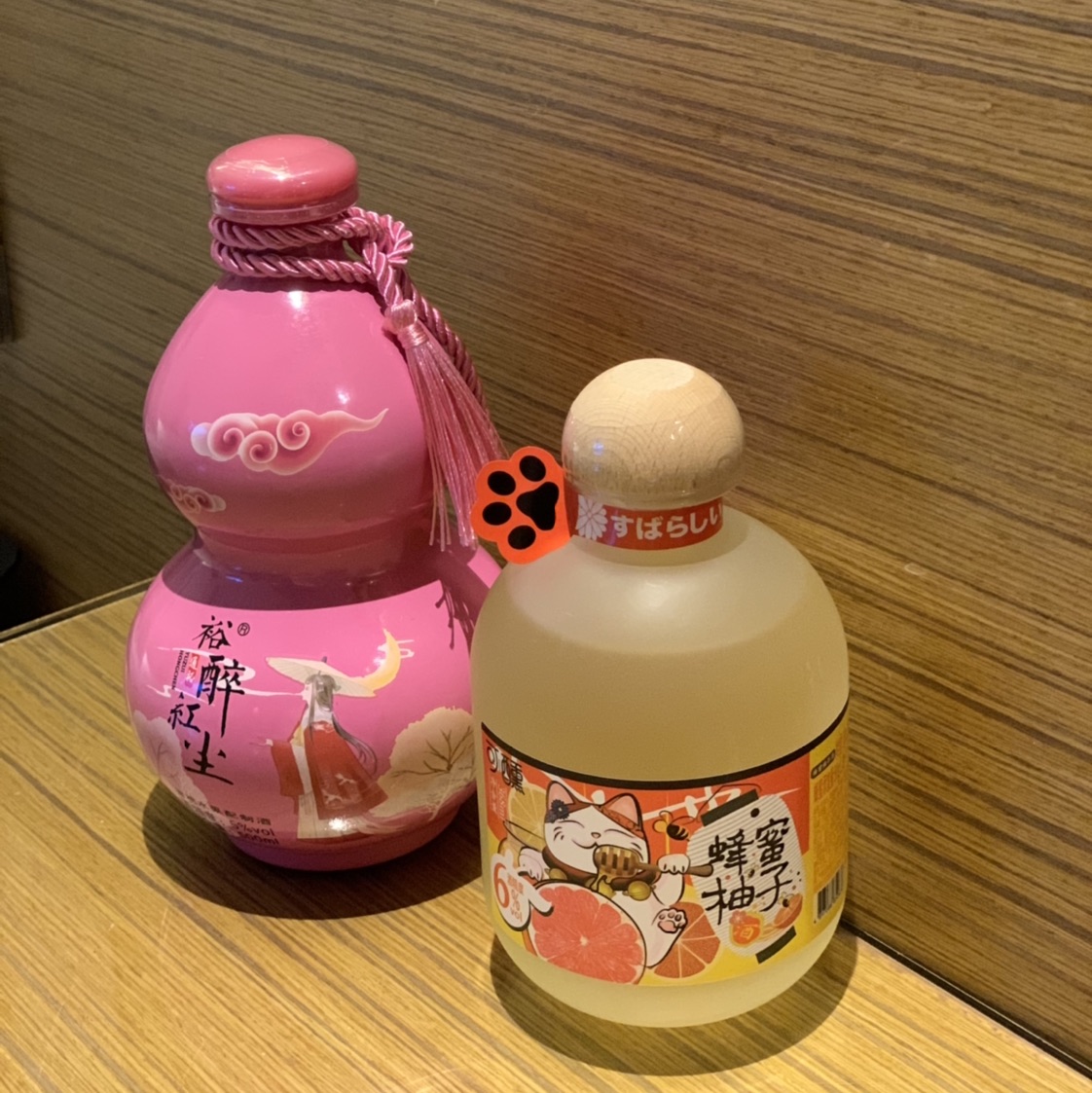
KateJhui23
BeYourselfBeHappyStayStrong
13Follow
4Followers
0Topic
0Badge
Good ??????????
Here's Why Sundial Growers, Tilray, and Other Cannabis Stocks Soared Today
Wow~
Sorry, the original content has been removed
I see[Smile] [Smile]
Sorry, the original content has been removed
Really??[Doubt]
Sorry, the original content has been removed
I’m new comer . Wish to learn more from u all[Heart]
Sorry, the original content has been removed
Wowww ~ cool [Cool] [Cool] [Cool]
Sorry, the original content has been removed
Thanks for info , [ShakeHands] [ShakeHands] [ShakeHands] [ShakeHands] [ShakeHands]
Forget Dogecoin: These Stocks Can Triple Your Money
[Thinking]
JPMorgan says big investors are not buying the bitcoin dip, prices could fall further
Thanks
Alibaba stock surged nearly 5% in premarket trading
[Grin]
Zoom Video to Report Q1 Earnings: What's in the Cards?
[Smile] [Strong]
Alibaba: One Of The Really Cheap Bargains In This Market
[Cool]
Some hot Chinese concept stocks Skyrocketed
Good
J&J to Pay $2.1 Billion Talc Award as Top Court Nixes Appeal
Wowww
Sorry, the original content has been removed
Thanks
3 Stocks to Avoid This Week
#HaveAGoodDayAhead???
Go to Tiger App to see more news